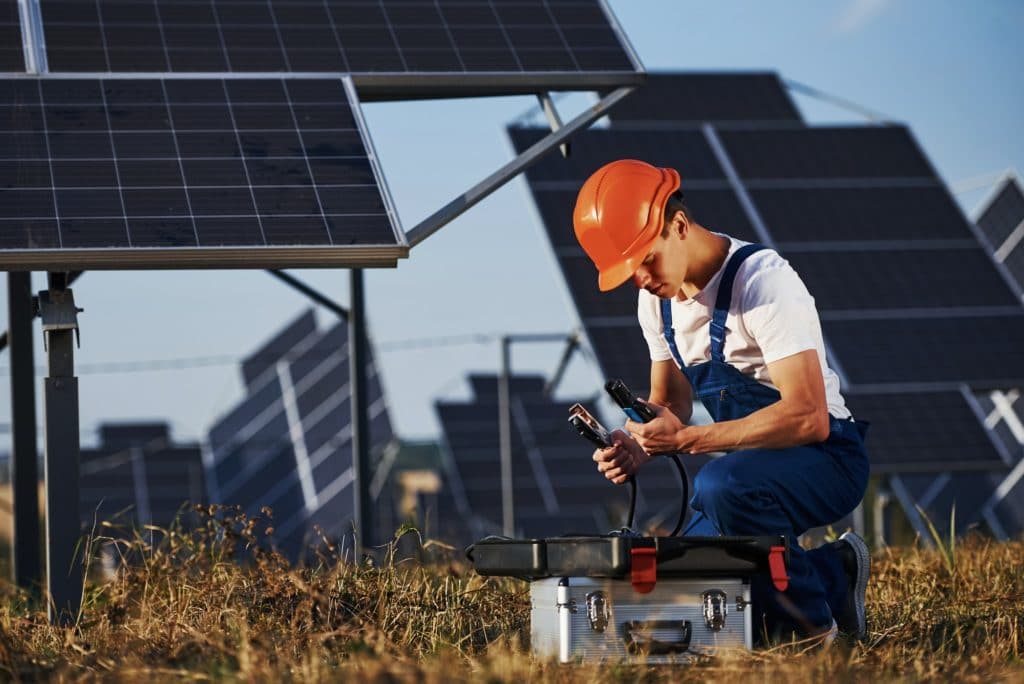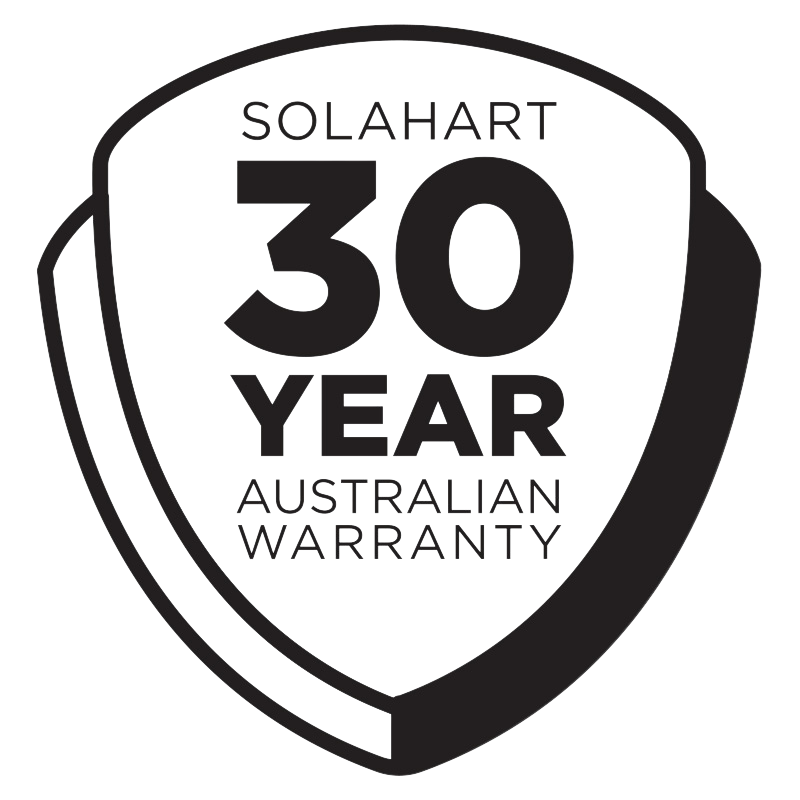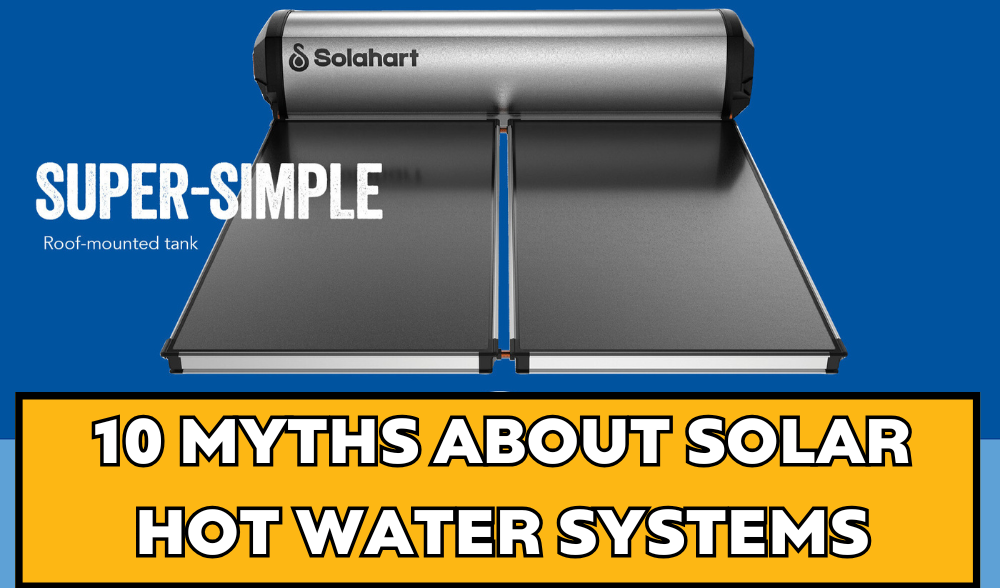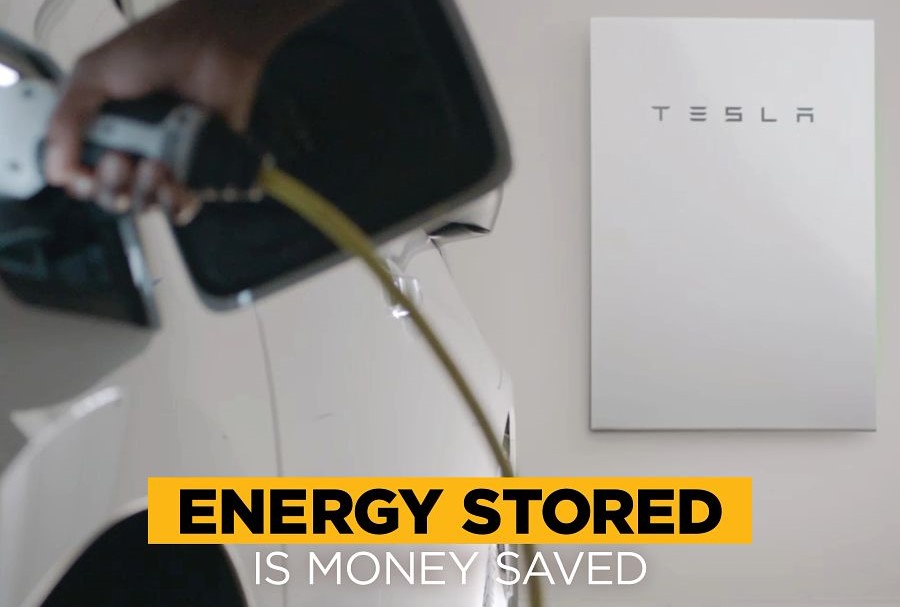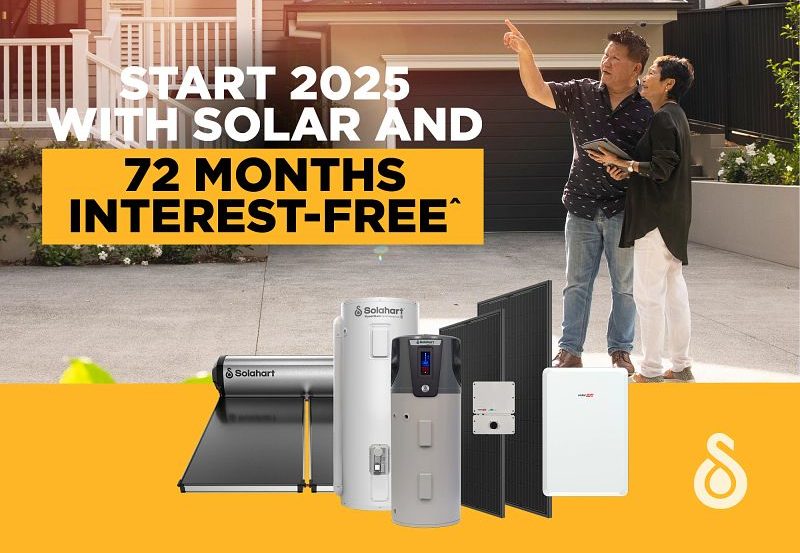With retail electricity prices rising, more and more homeowners are turning to solar power. Installing a solar power system is an investment that will pay off in the long run.
If you are interested in installing a system like that, you might think that batteries are an important component. The truth is that a solar power system can work without batteries, even though getting one comes with its benefits.
In this article, you are going to understand what’s the purpose of a solar battery and the available types of systems you can choose from.
How Do Batteries in a Solar Power System Work?
A solar panel uses photovoltaic cells to convert sunlight into electric energy.
The system uses batteries to store this produced energy so that it can be accessed throughout the day. In essence, batteries work as a backup system of solar energy.
For example, batteries will be put to use at night or when the weather conditions are bad, thus preventing the system from producing energy. Moreover, it is also possible to use battery storage to store the collected energy and acquire even greater power flexibility.
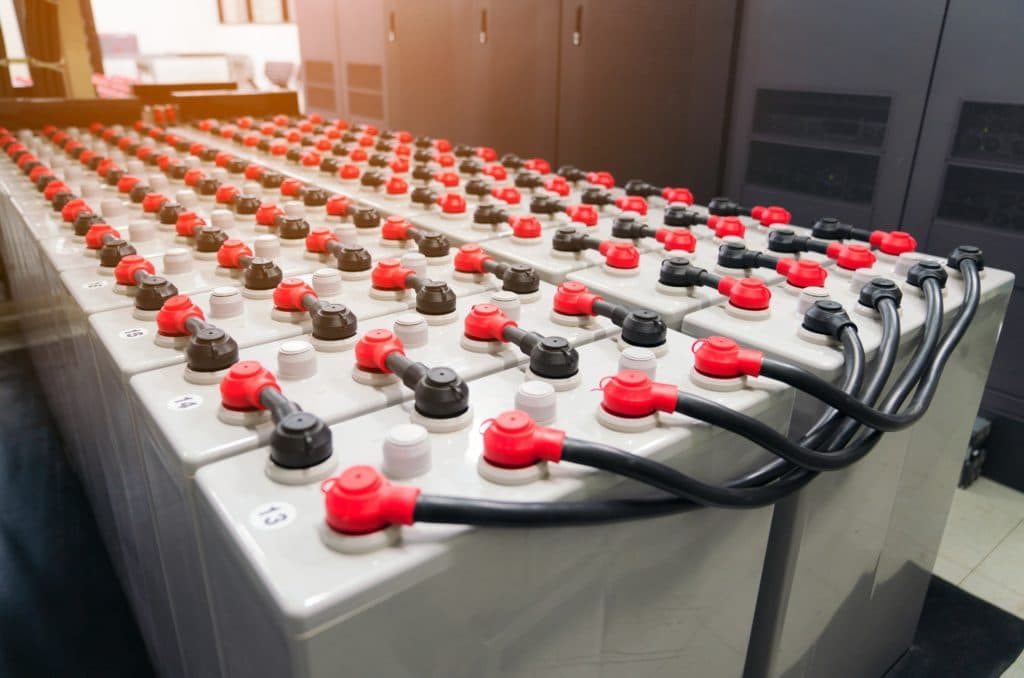
When Do You Need Batteries?
Getting batteries for your solar power system is a considerable cost that you can easily avoid if you don’t need them.
For example, if you don’t experience any power outages and you get energy from your grid, you can do without them.
On the other hand, if you want to be prepared for emergencies and power outages, then a solar battery is an essential component. In general, a battery will offer you uninterrupted energy no matter the situation.
The Types of Available Systems
As we have mentioned above, you can install solar panels without batteries. To get a better understanding of how these systems work, we will go through all the available types: the grid-ties, off-grid, and hybrid systems.
#1 Grid-Tied System
A solar power system works by converting sunlight into energy.
“Typically, this happens throughout the day, where you are most probably away from home.”
However, by tying your solar system to your electrical grid, you have the option of turning your grid into a battery.
This way, you can use the power produced during the day whenever you need it, even during the mornings and the evenings when there is no sunlight.
The downside is that you’ll probably pay for the electricity you draw from the grid.
#2 Off-Grid System
An off-grid solar power system is one that requires a battery. This system uses batteries to store all the energy produced with the sunlight so that you can use them later.
Of course, installing, maintaining, and replacing the batteries comes with additional costs that you need to consider.
#3 Hybrid System
A hybrid system combines the previous two. These systems use solar energy, battery storage, and a grid connection to provide you with an uninterrupted power supply.
The batteries in a hybrid system are available when you can’t draw any more energy from your grid.
For this reason, this type of solar power system is ideal for locations with unreliable power grids and numerous natural disasters.
The Bottom Line
Whether you need a solar battery for your system or not, depends on your situation.
Try to determine which is the best option for your case to get the most out of your solar power system.
If you have any questions, Solahart Gold Coast will help you make the right choice.

